The weird and wonderful world of Japanese advertising has impressed (and often confused) the uninitiated. And while it might seem like there’s no method to the madness, if you look closely enough you’ll discover a number of recurring cultural, thematic, and aesthetic styles that Japanese companies and ad agencies rely on time and time again.
Understanding what these are and incorporating them into your strategy is one of the best ways you can eventually create your own ads that are just as weird, wonderful and engaging in all the right ways.
So, if you’re looking to go beyond a general admiration for Japanese commercials and want to start decoding the puzzle, we’ve collected together 5 must-know Japanese advertising style tips based on some of the nation’s most popular and effective advertising approaches.
Table of Contents
What’s So Different About Japan?
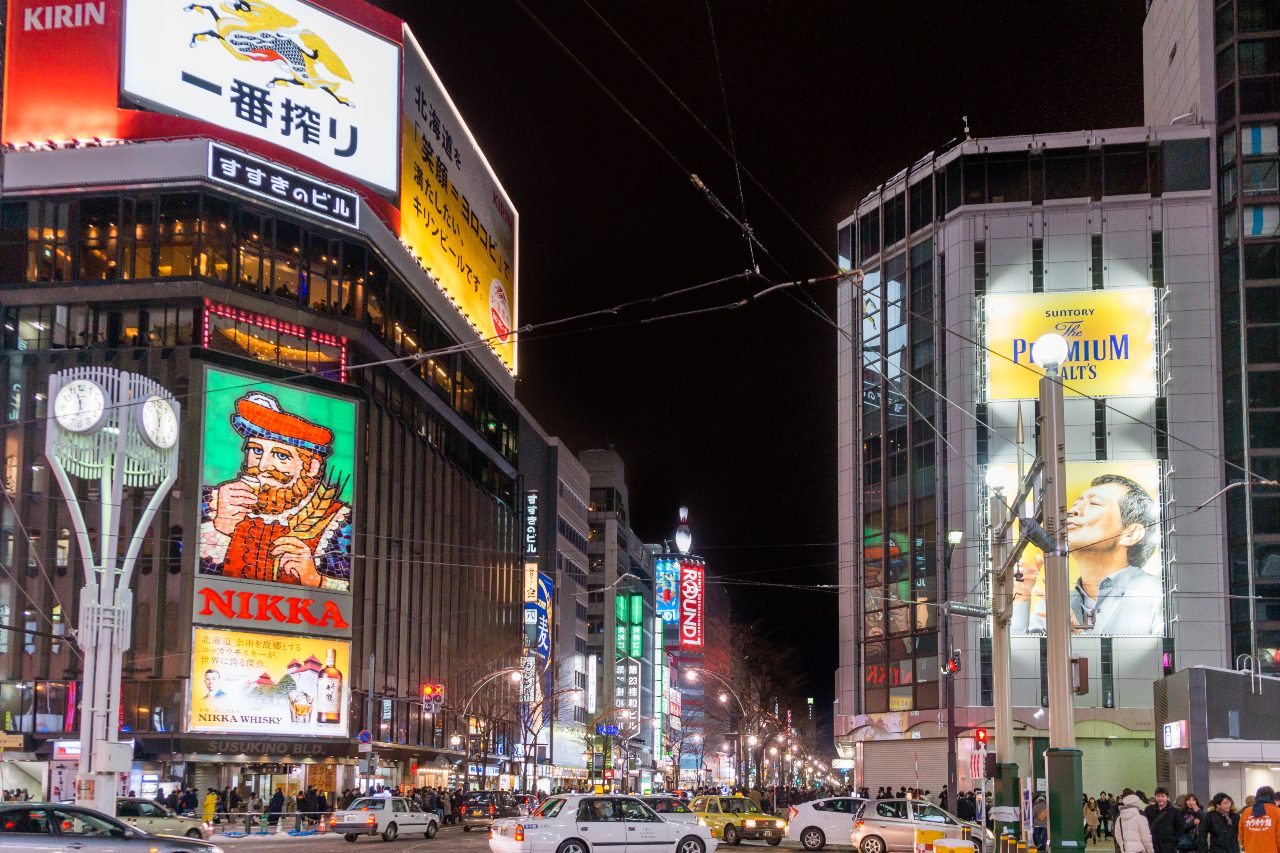
Firstly, before we cover our list of style tips, remember that an important reason Japanese advertising is so different is that it caters to a completely different consumer mindset than what you may be used to. Without delving too deeply into this topic as we’ve done so in other articles, below are some key consumer characteristics that influence the ways brands promote themselves through Japanese advertising and marketing.
- Japan is considered an incredibly homogenous nation with very little ethnic or racial diversity and a strong sense of collectivism
- A love for Japanese products often wins over interest in foreign brands
- Japan has one of the worst rankings in the Edelman Trust Barometer at 37 per cent and is incredibly risk-averse, making it even more important for brands to build credibility and reputation with new customers
- This is a nation of selective purchasers, where the quality and durability of products is heavily scrutinized
- Japanese consumers are highly educated with a formidable appetite for information richness
- An ageing population means older consumers have the greatest overall purchasing power
- A deep appreciation of both ancient and modern aesthetics pervades many areas of both Japanese daily life and commercial content
- Japanese consumers are incredibly image-conscious with brands playing a significant part in how an individual identifies themselves.
HB Pro Tip: Standing out conceptually isn’t always inherently good in Japan where there is a significant amount of cultural conformity that applies to many aspects of life. Therefore, straying too far from what is “accepted” in the world of advertising can leave your campaigns falling flat, even though they may be killers in your home market.
Learn More About the Japanese Consumer Mindset
Entrenched Dynamics in Japanese Advertising
Another crucial factor affecting the kind of advertising content produced by brands and marketers is the entrenched dynamics between media companies, big corporations, traditional advertising agencies, and talent agencies, which still exist in Japan.
For years, this setup has dictated the kind of advertising messages produced and guided the creative endeavors of many brands. And while there is indeed a disruptive and democratizing shift towards digital, opening up new pathways for small and medium-sized companies who want to capture a larger slice of the market, many of Japan’s most famous and popular approaches to advertising are here to stay, such as the huge role that celebrities play in endorsing products.
1. Integrate Seasonal Marketing Campaigns
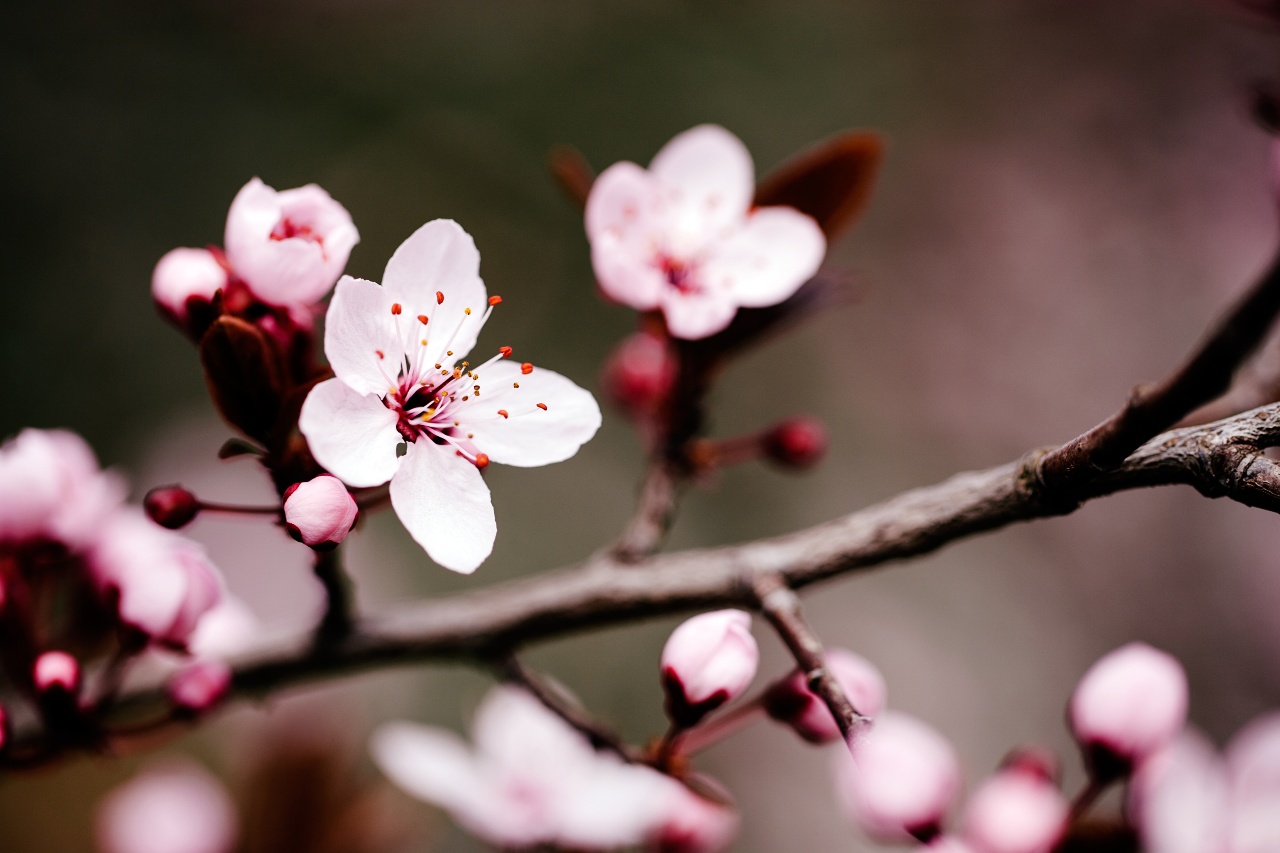
Seasonal marketing is huge in Japan, with spring and cherry blossoms (translating roughly as ‘sakura’ in Japanese) being one of the most widely leveraged themes in product promotion and marketing. There’s no doubt that each season brings with it a kind of unique beauty and mood here, the essence of which is imaginatively extracted and showcased by many brands.
Tapping into this atmosphere requires the use of suitable color schemes, images, and messages that celebrate each important period of change. For instance, it’s hard to go wrong with the rare beauty of cherry blossoms and the overall air of renewal that comes with sakura.
There’s really no limit as to who or what type of business can use seasonal marketing, as evidenced by the recruitment company Indeed’s 2018 Christmas-themed ad, complete with original jungle and slogan. By taking this popularly accepted approach to advertising, many companies have been able to craft amazingly captivating and successful campaigns the Japanese population has welcomed with open arms.

Seasonal Advertising Trends in Japan
| Spring / Sakura Advertising Trends | Sakura (cherry blossoms)
Bright colours Flowers and nature A sense of new beginnings and opportunities |
| Summer Advertising Trends | Traditional celebrations and festivities
Something “refreshing” to cool you down Scenes of giving and friendship |
| Autumn Advertising Trends | Warmth and coziness
Seasonal foods (chestnuts, peaches, pumpkin) Fitness and sports Autumn leaves Colors of red, orange, and yellow |
| Winter Advertising Trends | Family gatherings and special moments
Luxury and indulgence Christmas and New Year festivities Fairytale scenes |
2. Imbue Your Campaigns with Japanese-Style Cuteness and Charm
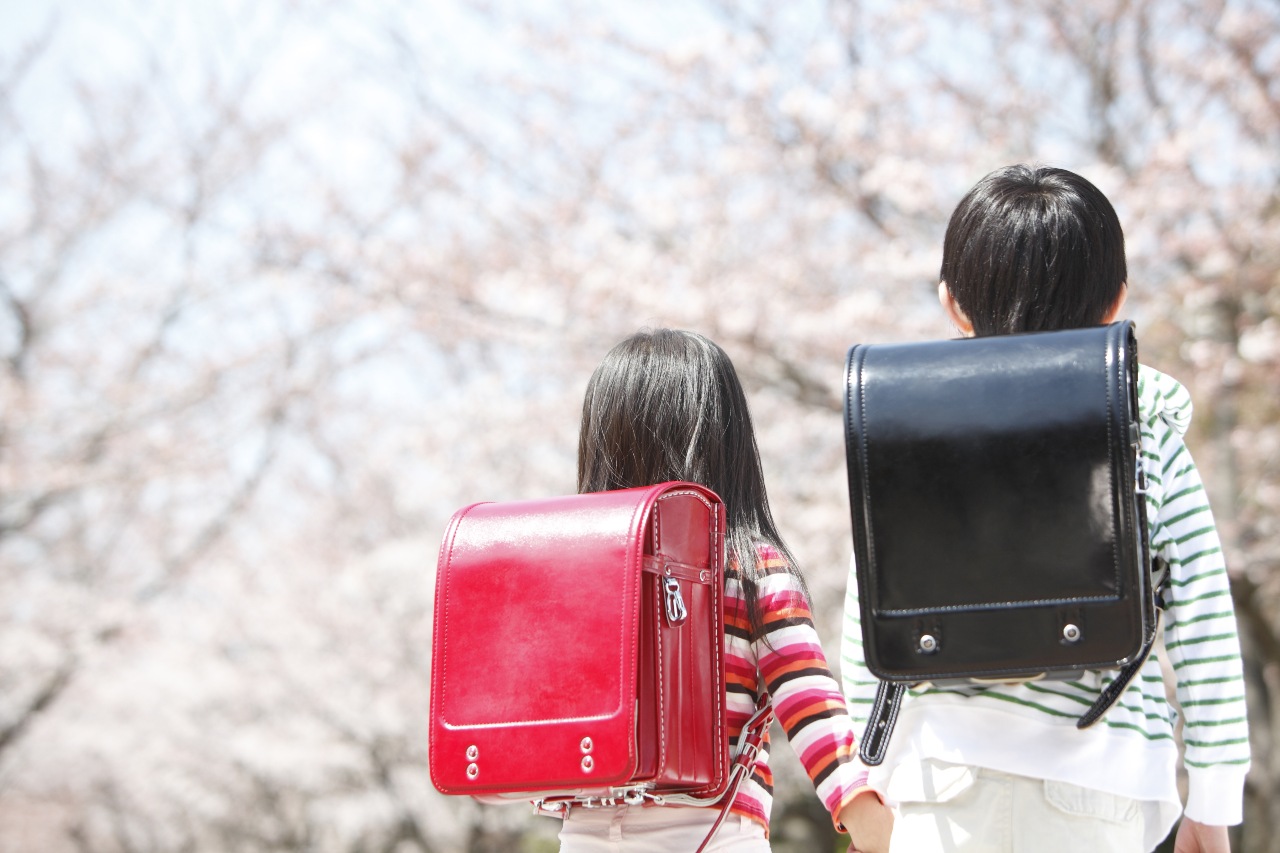
Cute seems to have reached another level in Japan. And no one has a problem with you mixing corporate and cute, as several brands have shown through their very own cuddly company mascots. In fact, many domestic and global businesses have made important inroads by leveraging cute and charming approaches to advertising, as well as tapping into the world-famous Kawaii culture.
Catchy nursery rhyme-style jingles, baby animals, adorable animations, soft pastel colors, and more have become an ingrained component of Japanese advertising culture. Just look at this advert by the Japanese Tea Association.
We’ve actually seen color play a major role in all kinds of advertising and branding-related contexts in Japan. For instance, when we advised one of our clients, DailyFX, to rethink their brand guidelines for the local market and introduce a more casual and colorful design approach, they were able to see an increase in Instagram followers by 30% MoM, as well as an increase in their engagement rate by 16.3% MoM.
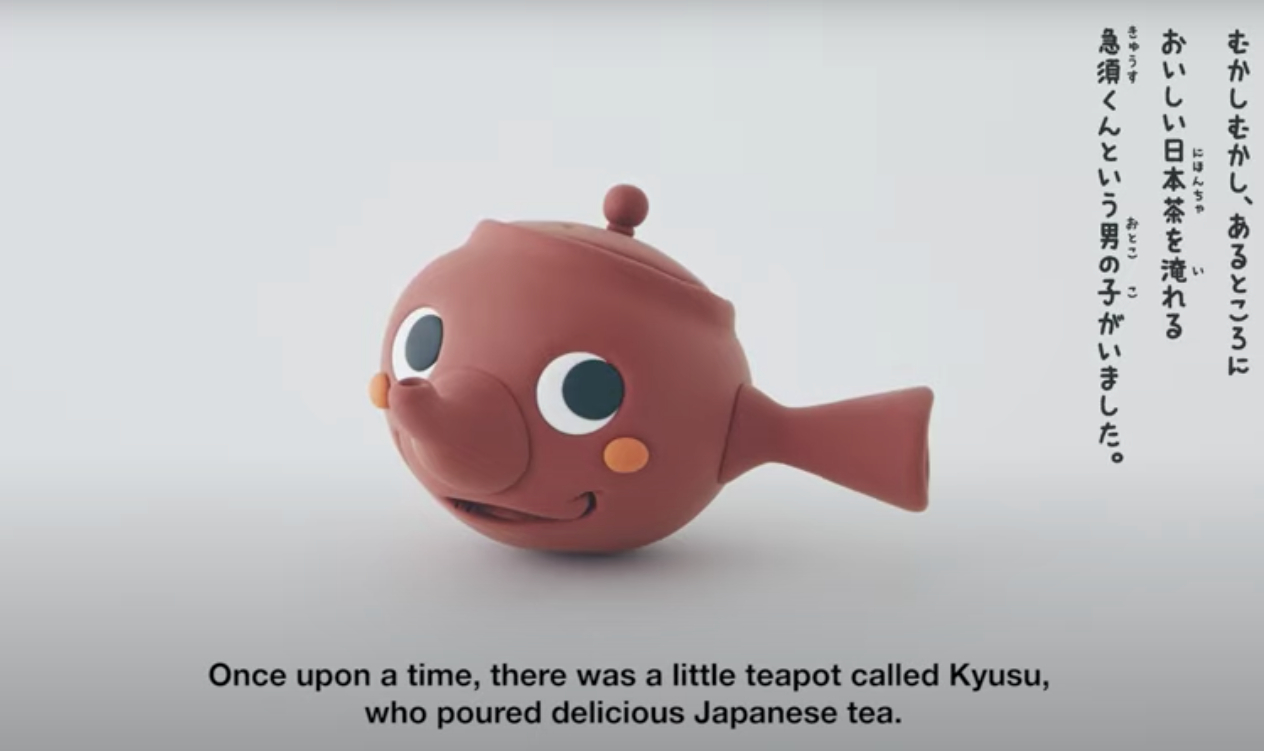
This campaign launched an original short animation featuring freshly brewed tea served by “Kyusu (急須)”, the traditional Japanese teapot. With the anticipated increase in tourism to Japan, the Tokyo Japanese Tea Association chose to raise awareness and restore relevance to the traditional tea spirit through something that could easily be mistaken as a children’s bedtime story.
But What Is Kawaii?
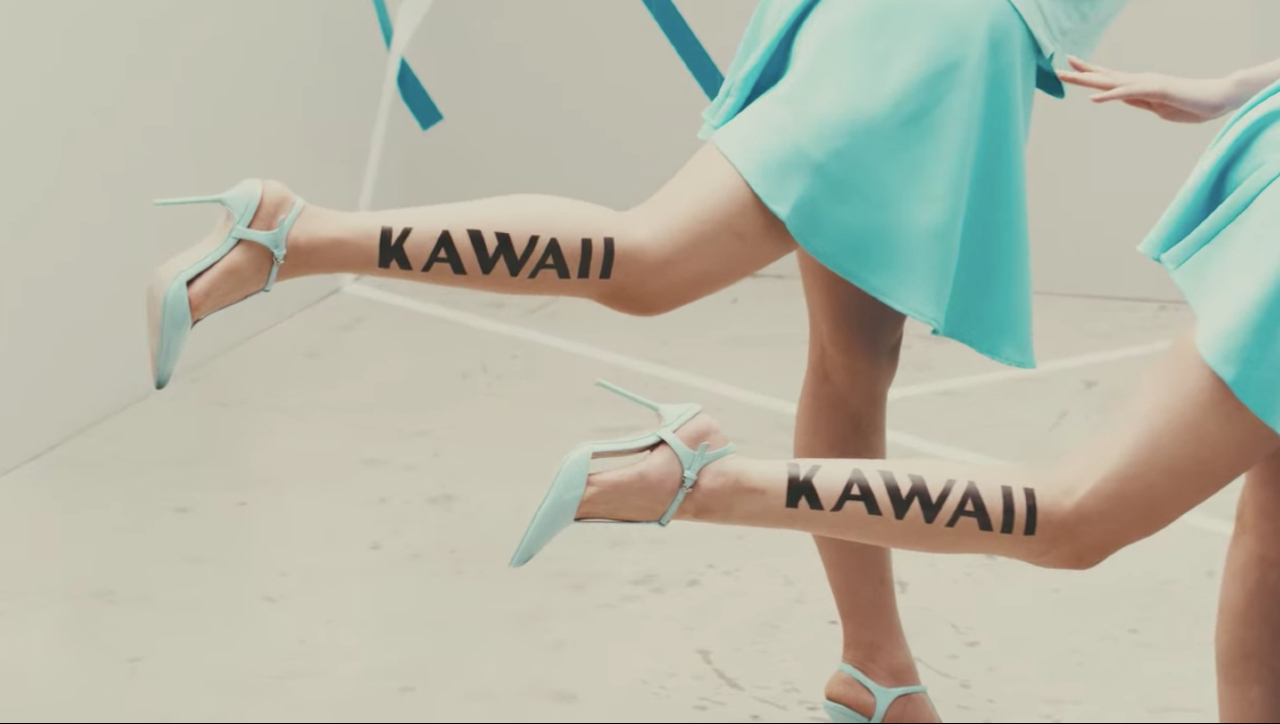
Kawaii is many things… and instead of trying to explain one of Japan’s most popular and probably misunderstood popular cultural movements, we suggest you listen to what Dentsu, Japan’s biggest and most successful media and advertising entity, came up with when promoting “The World’s First Kawaii Miso Soup” for Marukome.
HB Pro Tip: Are your brand and products kawaii enough? Check how your company name sounds in Japanese, as well as your core services, and consider whether these inspire that all-important mood of cuteness that so many marketers strive for.
Bite-sized but Impactful
Media companies in Japan have a habit of segmenting advertising slots into incredibly small parts. For instance, metro promotional screens or street billboards offer brands only a very short window to perform their magic. These restraints have led to the creation of incredibly bite-sized and impactful ads, forced to make an impression and prompt engagement using what little they have available to them.
3. Harness Nonsense and the Bizarre for Greater Impact
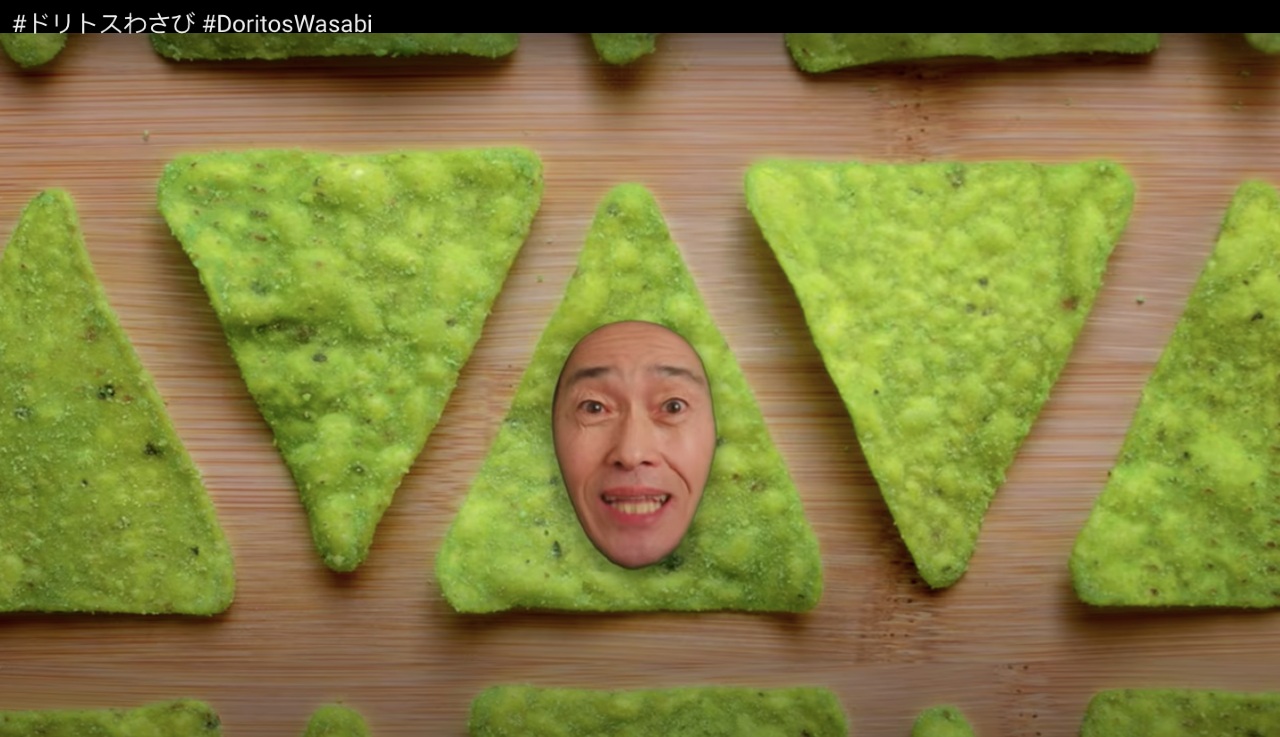
Capturing someone’s attention in Japan is hard. Whether it’s within the nation’s urban cityscapes or its digital spaces on various popular SNS platforms, “crowded” is one good description.
In order to get themselves seen, many brands have harnessed the strange, weird, and bizarre, aimed at making an explosive impact with their advertisements on passers-by or online browsers. A great example is Dorito’s promotional campaign accompanying the launch of their new wasabi flavor.

Something that makes you stop and think, or perhaps say to yourself “What does this even mean?” is certainly preferable to something that merely registers on your radar in Japan. And this combination of bizarre and intriguing has launched many brands into notoriety.
4. Invest in Aesthetic Depth
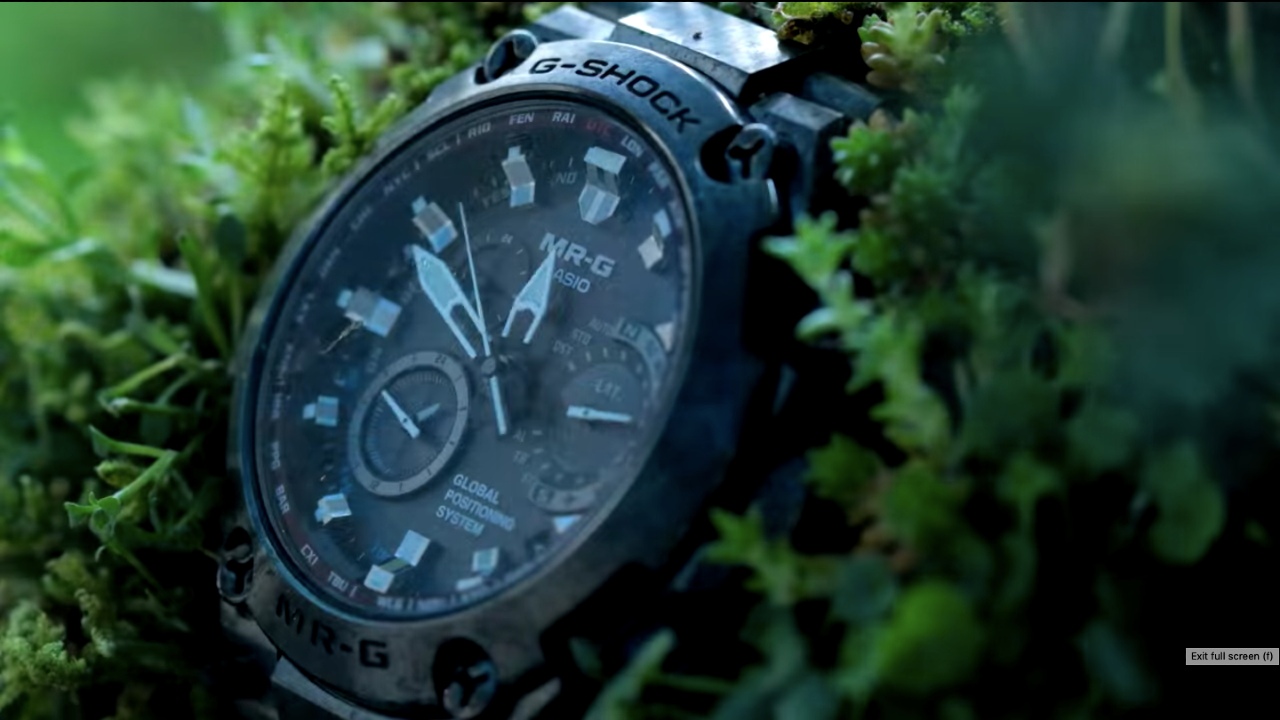
Japan is home to a rich history of aesthetic traditions and heritage, often closely aligned with traditional aspects of nature and the physical world, such as flower arrangements (Ikebana), rock garden landscaping (Karesansui), and bonsai.
This, together with incredibly high standards for quality, has contributed to a highly refined approach to visual presentation, which extends into the world of brand communications and advertising.
Take this 20th Anniversary Casio Advert for instance. Featuring time-lapse footage over a period of three months, it is a beautifully presented execution of a very simple idea: that a good watch will stand the test of time.
You might say that the brand here is less focused on introducing a new way of thinking and more concerned with producing a perfect “representation” of a classic theme, with a great deal of time and energy applied to its aesthetic depth. Other popular aesthetic themes include:
- Simplicity and minimalism
- Elegance and refinement
- Sophistication
- Nature and fluidity
- Mystery and depth
- Systematic, organized, and modular
- Youthful vibrancy
HB Pro Tip: With the above in mind, it’s your task to find the best Japanese graphics designers and videographers who can help you deliver the level of aesthetic depth needed to connect with your market.
Japan has a highly refined approach to visual presentation, which extends into the world of brand communications and advertising.
5. Leverage Celebrity or Influencer Credibility
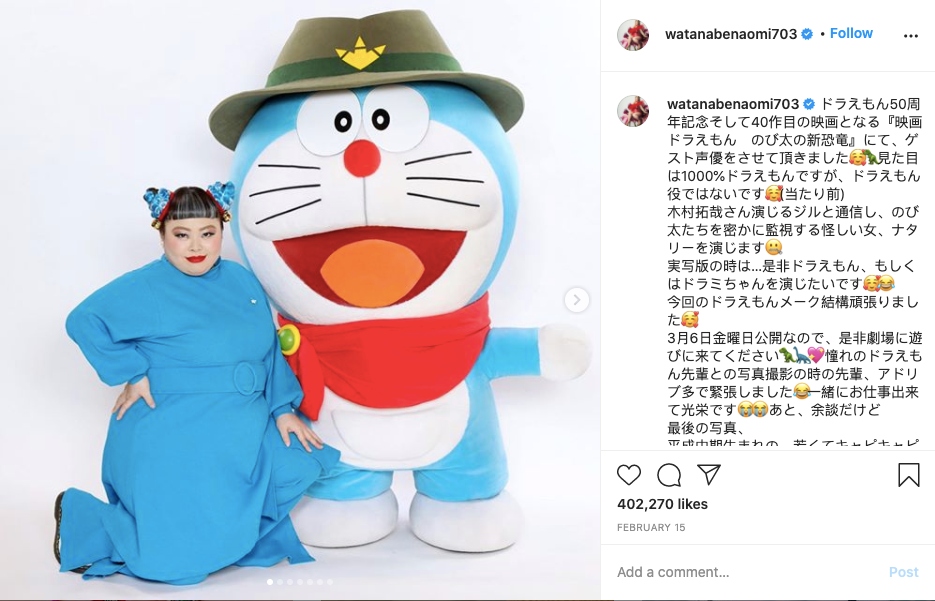
Celebrity personalities, like the massively popular Naomi Watanabe shown above, have long been a cornerstone of the Japanese advertising style. Splashed across digital screens in every city, product endorsements by well-known figures in the arts, film or sports have always been a powerful way to promote your brand.
But while this method is tried and tested, not all advertising and marketing budgets allow for such cosmic brand awareness campaigns with the (not-so-affordable) help of trending Japanese celebrities and pop stars.
For those of you with more modest budgets, your best option might be to bag a lower-level personality in the form of a social media influencer, through one of several established Japanese influencer talent agencies that exist today.
This pool of individuals is somewhat smaller than you can find in Western countries, with follower numbers being generally lower too, but having a trusted personality to vouch for your product or brand is an incredibly powerful move in Japanese advertising.
HB Pro Tip: Most sought-after influencers will be managed, but there’s nothing stopping you from contacting unmanaged individuals directly and proposing some kind of sponsored content agreement or ambassadorship. At Humble Bunny, we’ve helped a number of brands connect with non-managed influencers in Japan and the results have been great. It takes a bit more creativity and proactive outreach, but it’s certainly a worthwhile endeavor if you’re keen to leverage the power of celebrity in your advertising and marketing strategy.
Want Help Reaching Japanese Customers With Advertising?
Building Your Marketing Strategy for Japan

Remember that successful advertising in Japan requires more than just adopting a few best practices and style tips.
While the Japanese advertising style tips outlined in our blog can help you to start planning for user-focused content that is contextualized by the local landscape, remember that you will still need to have a firm grasp of your specific demographic targets, including what they like, which themes are most appropriate to them, and which spaces (online or off) they like to frequent the most.
Finally, below are some parting takeaways for those of you who are looking to incorporate some of Japan’s most popular and effective advertising styles.
- Consider carefully which advertising styles will have a greater impact on your specific target audience before embarking on ideas you assume will work. Despite its homogeneity, the Japanese consumer landscape is still highly fragmented and each segment will require a great deal of personalization
- Understand that Japanese consumers can be differ to those you are used to targeting through your advertising and marketing content, with unique preferences and expectations, both for the products they buy and the brand communications they consume
- Whenever possible, work with local talent with existing experience delivering Japanese communication strategies and completely localized advertising content
Steal Our Best Ideas
Actionable insights straight from our data
Here are a couple quick discoveries we’ve pulled from the data of our latest projects. Why? To help you make the changes you need to gain traction in the Japanese market! As an agency, we are always digging deeper and searching for those little yet significant tweaks that will push our clients to the next level of success. If you need a partner to help you identify and implement changes like these on a monthly basis, let us know!
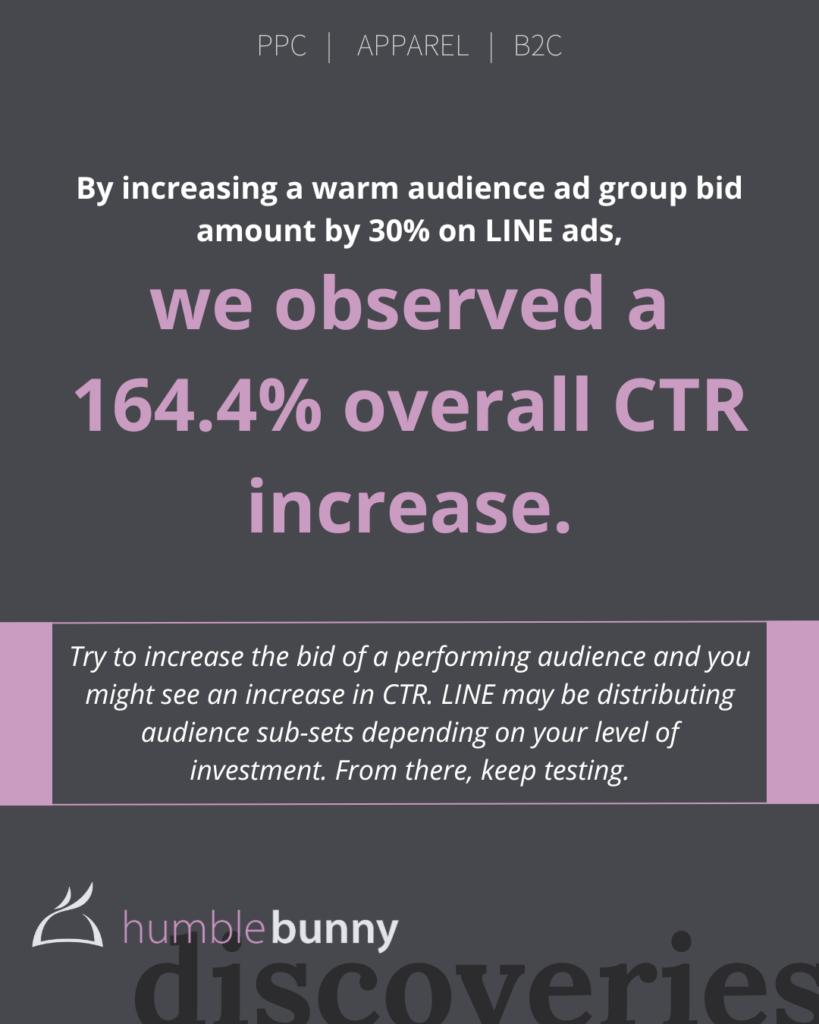
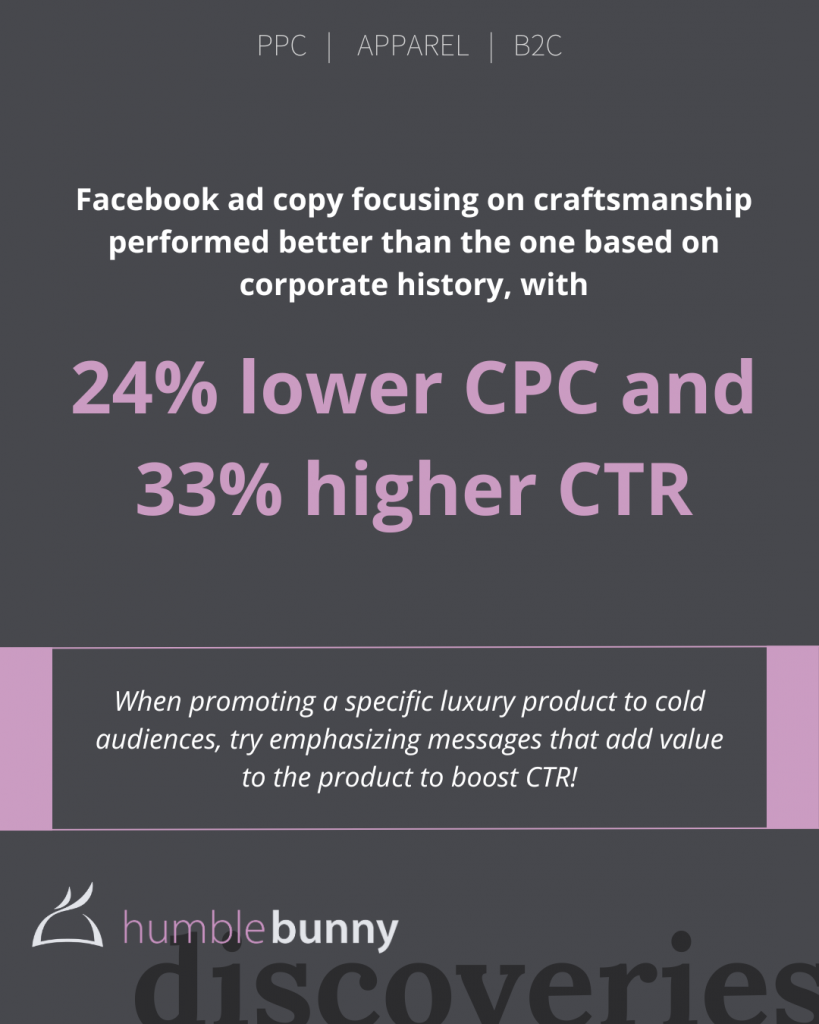

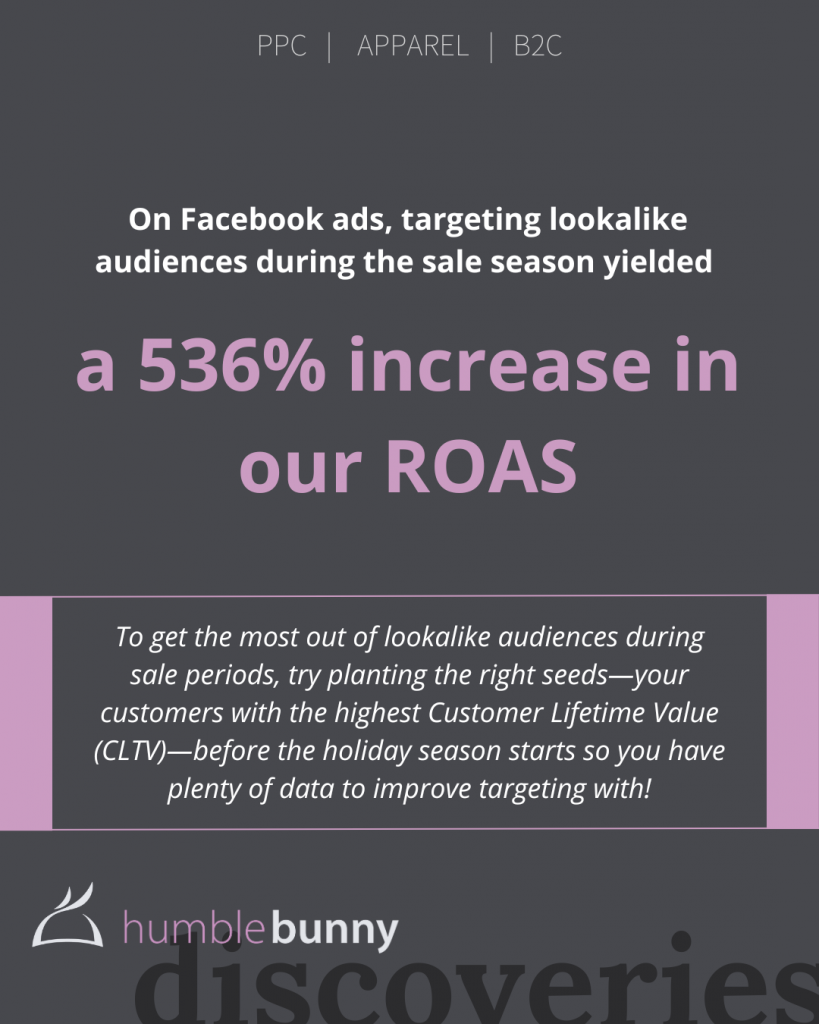
Need help gaining traction for your business in Japan? Let’s chat on how we can help.